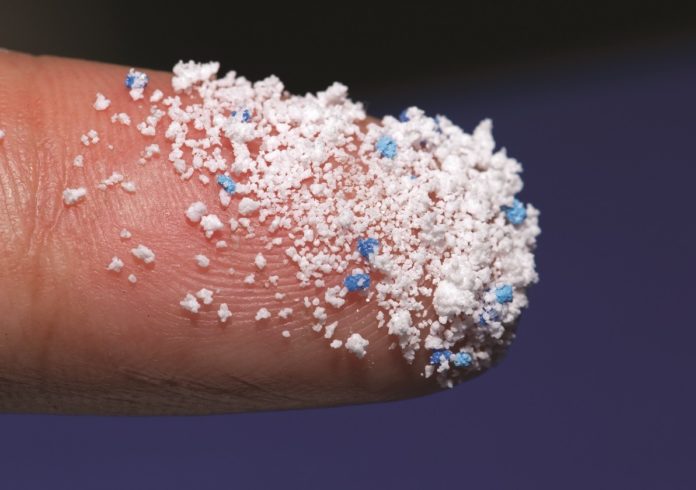The World Health Organization (WHO) has released a report on the potential human health risks associated with exposure to microplastics in the environment, which has found little current evidence of health impact but recommends a reduction in plastic pollution.
One of the key messages is that microplastics are ubiquitous in the environment. They have been found in a wide range of concentrations in marine water, wastewater, freshwater, food, air and drinking water, both bottled and tap. Data on the occurrence in drinking water are currently limited, with few fully reliable studies using different methods and tools for sampling and analysis, the report notes.
The potential hazards come in three forms – physical particles, chemicals, and microbial pathogens that make up biofilms attached to the microplastics. Based on the limited available evidence, chemicals and biofilms associated with microplastics in drinking water pose a low concern for human health, WHO has found.
It is calling for a reduction in plastic pollution to reduce exposure and benefit the environment. However, the analysis found that microplastics larger than 150 micrometres are not likely to be absorbed in the human body and the uptake of smaller particles is expected to be limited. Absorption and distribution of very small microplastic particles, however, could be higher but there is little data, and no reliable information to suggest that their physical hazard is a concern.
Further research needs to be done to gain a more accurate assessment of the exposure to microplastics and their potential health impacts, the report found. This means developing standard methods for measuring microplastic particles in water, further studies on the sources and occurrence of microplastics in freshwater, and the efficacy of different treatment processes.
The report recommends that potable water suppliers and regulators prioritise the removal of microbial pathogens and chemicals that are known risks to human health. The double advantage is that wastewater and potable water treatment systems that treat faecal content and chemicals are also effective at removing microplastics, WHO notes, taking out more than 90%.








